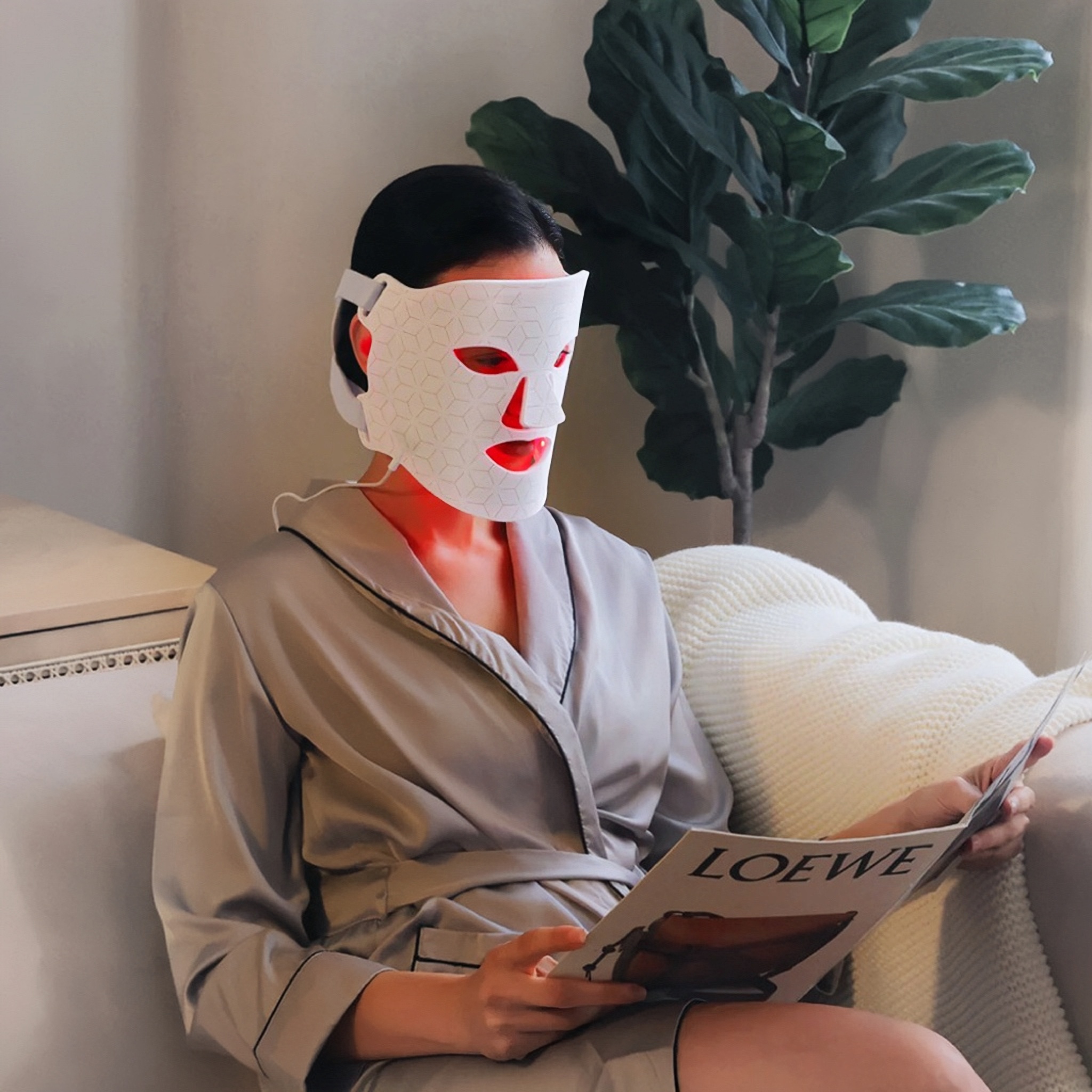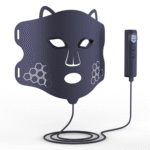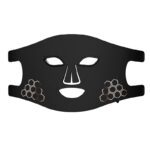LED face masks have surged in popularity, but do they actually deliver results? Let’s separate fact from fiction.
Myth #1: Home devices can’t match professional treatments.
While clinical-grade machines offer higher intensity, studies show consistency matters most. It’s important to know that the results of light-therapy treatments are cumulative, meaning you won’t see long-term benefits from that single salon facial you treat yourself to once a year. If regular appointments aren’t an option, investing in an at-home LED mask could be the answer.
A 2023 JAMA Dermatology study found that at-home 630nm LED devices provide 68% of clinic-level irradiance—but with regular use (5x/week), users see comparable long-term improvements in skin texture and collagen density.

Myth #2: More LEDs = Better Results.
Not necessarily. A mask with 60 well-spaced, high-quality LEDs can outperform a cheaper 180-LED version if it maintains proper energy density (measured in mW/cm²). Our tests show that optimal light distance (3-5cm) and wavelength accuracy matter far more than LED count.
Myth #3: How Does Red Light Therapy Work?
In red light therapy, you expose your skin to a lamp, device, or laser with a red light. It uses an LED (light-emitting diode) that emits the correct spectrum of light. Red LED light travels deeper into the skin than blue LED light, which is sometimes used to treat skin surface conditions such as acne. When the light enters your skin, your mitochondria soak it up and make more energy, which helps cells repair themselves.





